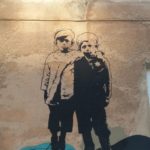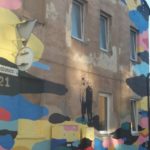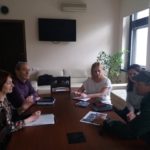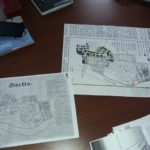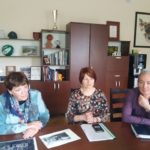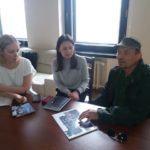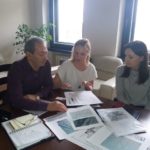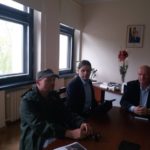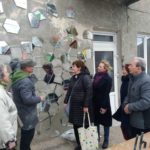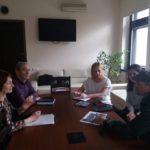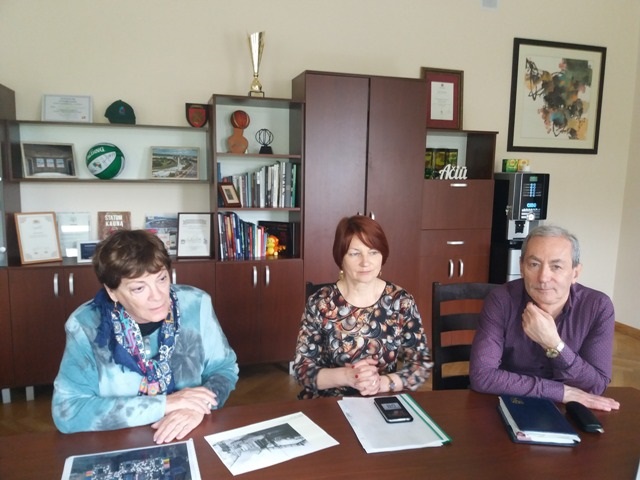
Plans are afoot in Kaunas to get the former Slobodka ghetto into better shape by marking its most significant sites, providing information about the aktionen or mass murder operations carried out there, commemorating ghetto government institutions and appropriately commemorating the Holocaust and its victims. Currently a lone obelisk stands in the former ghetto marking the site of the main gates, and most people have no idea even where Democracy Square was, the place where the selection for the Great Aktion took place.
Remarkably, the forces behind the proposed refurbishing and educational outreach are just two individuals from different countries who presented their ideas at the same time.
One is Yaarit Glezer, a frequent visitor to Lithuania who lives in Israel now. When she entered retirement she decided she had to do something more to commemorate the Holocaust in Lithuania, which took the lives of her family. Incidentally, Yaarit’s father was one of only a few who managed to escape from the Ninth Fort, where the majority of Jews were murdered in Kaunas.
She presented her ideas on what should be done with the ghetto territory as another person, the Lithuanian artist, social activist and Kiemas Gallery founder Vytenis Jakas presented his project called Burning Stones.
It is very encouraging that these proposals have interested the Kaunas municipality as well as the Kaunas Jewish Community, even gaining support, cooperation and funding.
The photographs show meetings with Kaunas city representatives, heritage experts, representatives from the tourism sector and Jakas’s project being implemented on the ground.


